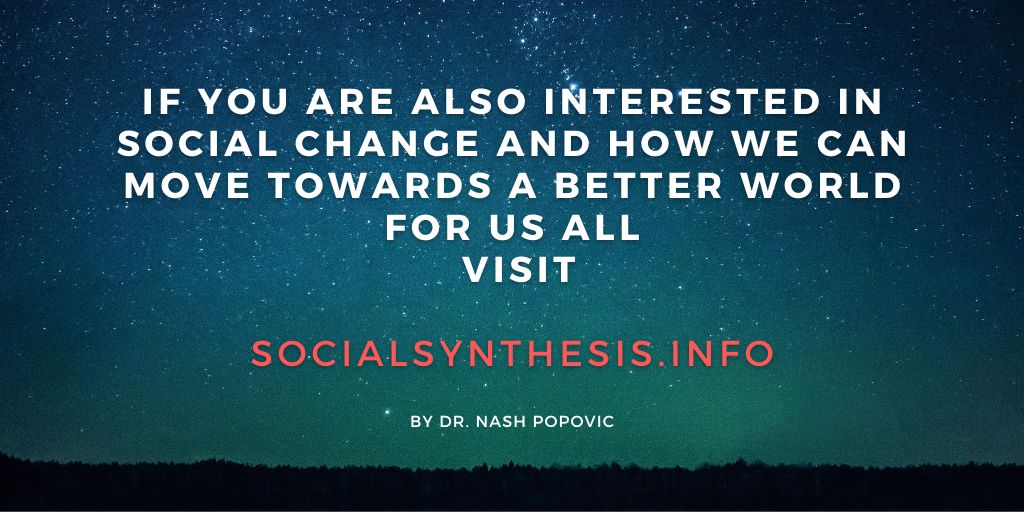25. Aliveness
Experience is not what happens to you, it is what you do with what happens to you
Aldous Huxley (English novelist)
Feeling alive or a sense of aliveness is nurtured through the fullness and richness of our experiences. Not only does this enhance our quality of life but it also makes us more alert which, in turn, can help us manage any situation better. No doubt that harsh circumstances (e.g. overwork) may have an adverse effect on this area, but favourable circumstances do not guarantee a sense of aliveness and the quality of our experiences. For example, research shows that after a certain basic level, material wealth has a very small effect on personal feelings of well-being and happiness.(1) But you don’t need research as evidence for this. We all know that a sense of emptiness is not rare among materially privileged people, while others in quite deprived situations have managed to lead fulfilling lives. What really matters is how we relate to our experiences, and what we make out of them. This is going to be the main topic of this area. Risk taking, which is closely linked to this subject, will also be addressed.
The ways of enhancing our experience
Experience can be enhanced through:
- Diversity (quantity): trying a number of different things, striving to have more and more different experiences.
- Variation (quality): varying the same experience, discovering greater subtlety or complexity in the familiar.
For example, you can try several sports or enjoy playing one better and better; you can listen to different tunes or listen to the same song a number of times; you can have many partners or have a deep relationship with one person. Diversity can be enriching because of the element of novelty and is linked to enhancing the intensity of experience (excitement). On the other hand, ‘variation on the same theme’ may have a greater effect overall as it is likely to provide more depth. This is not to say that one is better than the other. The exercise below is an encouragement to try both:
Enhancing experience
- Make a deliberate attempt to try something different: a new sport, game, food, music, groups (experiencing other cultures can be particularly enriching as well as contribute to better understanding cultural differences).
- Try also to deepen the experience of the familiar. For example, you can read the same book or listen to the same piece of music again, with the intention of discovering new layers of meaning, or enjoy subtlety and details that you might have originally missed
Intensity and depth
Both intense experiences and deep experiences can make us feel more alive. This is because intensity is associated with the quantitative component of an affect (excitement) and depth with the qualitative component (feelings and emotions). Of course, intensity and depth are not necessarily antagonistic, but intensity is sometimes used to compensate for a lack of depth. If we can’t or don’t allow ourselves to experience real, deep emotions, excitement can be sought as a substitute. On the other hand, as one author points out, ‘when a man has emotional depth, he has a readiness to profound experience which penetrates his total personal being.’(2) An empty and superficial life is never really satisfying. Depth is what gives substance to life.
How to get into depth
Sometimes intensity and depth depend on what we do (a rollercoaster ride can be exciting but can hardly provide a deep experience). However, in many cases the depth of experience depends on you rather than what you are experiencing. So for example, some people may have a profound experience just looking at a leaf, while this may mean nothing to others. So let’s see how we can get into depth. Depth has much in common with ‘peak experiences’ and ‘flow’.(3) Their shared characteristics are:
- Treating an experience as an end in itself: it is observed that ‘the key element of an optimal experience is that it is an end in itself.’(4) This means taking it to be valuable in itself, rather than as a means to some other end. Consider this example: when you go for a walk for the sake of walking, isn’t it a different experience from walking to get somewhere?
- Openness: depth is achieved by opening up and allowing yourself to absorb the richness of an experience fully – letting yourself be touched by experience.
- Making connections: an experience is also deeper if it can be related to other experiences (how do you feel when you hear a song that you were listening to when you had your first kiss?)
- Absorption and focused attention: experience is richer and more direct if you let go of thinking while you are going through it. Judging and analysing may be important before or after, but they are an impediment during the experience.
- Understanding too can contribute to better experience (e.g. if you don’t understand what Picasso’s painting Guernica is all about, you are unlikely to be moved by it).
- Meaning: an experience deepens if it is seen as meaningful.
Stimuli deprivation
It may be worth mentioning that isolation and sensory and pleasure deprivation are sometimes seen as a way of reaching higher experiences (such as the profound sense of unity or interconnectedness of everything in the world). Why is that? Think about a computer game. We can be so deeply involved in it that we forget the reality outside the screen. Similarly, we may be so intensely involved in our unique perspective provided by our perceptual and mental constructs that we cannot normally see the larger picture. So, in order to engage with the broad, perhaps we need to disengage (at least temporarily) with the narrow. ‘But’, you may ask, ‘are such experiences real?’ It is up to you to decide.
To summarise: diversifying, varying and reducing stimuli can all enhance our experience, but in different ways.
Risk taking
Enhancing our quality of life often involves taking a risk (e.g. a new relationship requires opening up, which can make one vulnerable). It is not always easy to decide though when it is worth taking a risk and when it is not. Risk taking can prove to be a mistake, but to miss an opportunity can also be a mistake. Let’s say you are tempted to try something that involves a risk: on one hand you could stop yourself and stand aside, but this can increase the sense of missing something. On the other, you can let yourself be sucked into a risky situation without much thinking. The first response involves a low level of risk but also low satisfaction, while the second one may be more fulfilling but involves a high risk. These two steps offer a more satisfactory way forward:
- Before you do anything, stop for a second, and ask yourself ‘is this worth the risk?’ To assess if taking a risk is worthwhile, check if the gains are greater than the risk and potential losses combined. Taking both into account matters as sometimes a risk can be high but the consequences may be negligible, or a risk may be low but the negative consequences very severe (e.g. you may think that the risk of having unprotected sex is small but the consequences can be life changing. Is it worth it?)
- The other half of the story is about how to take a risk if you decide to do it. Taking a risk doesn’t mean that you have to be mindless or reckless. Being prepared and taking precautions in risky or new situations can minimise possible harm. In this way you can get through an experience and emerge at the other end unscathed. The following points can help:
- Prepare for eventualities: what can go wrong? What will you do if it does?
- Decide in advance how far you will go and stick to it. Don’t let others be in charge of your life and make decisions for you (by succumbing to their pressure, for example).
- Maintain some sense of control throughout without losing the thrill and spontaneity of your experience. This requires relaxed alertness: just maintaining awareness of all that is going on without getting hesitant or tense.
(1) Diener, E.& Oishi, S. (2000) ‘Money and Happiness: Income and Subjective Well Being across Nations’ in Diener, E. & Suh, E. (eds) Culture and Subjective Well Being. Cambridge, MA: MIT Press.
(2) Wellek, A. (1970) ‘Emotional Polarity in Personality Structure’ in Arnold, M .B. (ed.) Feelings and Emotions. New York, London: Academic Press, p.284.
(3) See Argyle, M. (1987) The Psychology of Happiness. London: Methuen, p.128, and Privette, G. (1983) ‘Peak Experience, Peak Performance, and Peak Flow: A Comparative Analysis of Positive Human Experiences’ in Journal of Personality and Social Psychology, 45 (6).
(4) Csikszentmihalyi, M. (1992) Flow. London: Rider, p.67.

